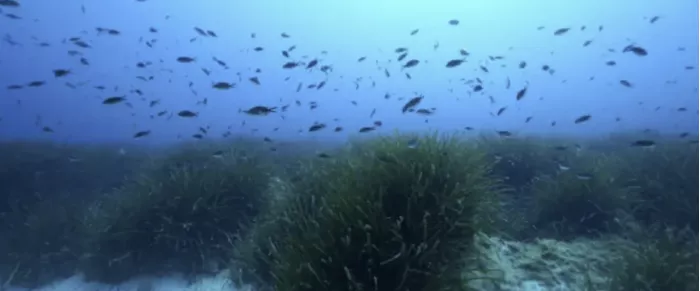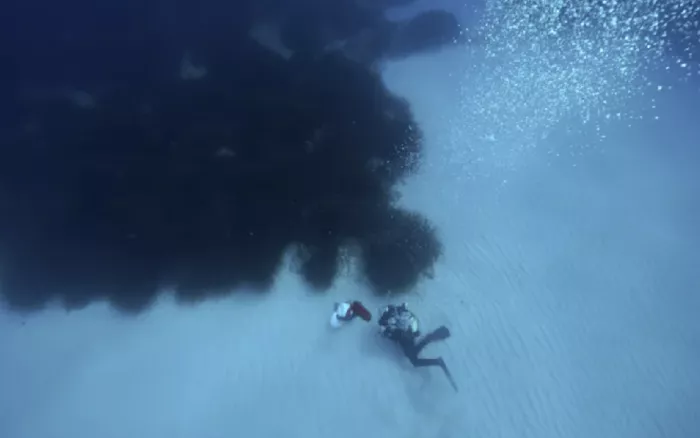Researchers at the Max Planck Institute of marine microbiology report that sugar mountains hidden under seaweed grasslands have been found in the ocean According to the Institute, seagrass meadow is one of the top carbon capture ecosystems. Only one square kilometer of seagrass stores nearly twice the carbon of land forests, and the speed is 35 times faster.
In order to better understand the power of these sediments, scientists conducted a study in the meadow near Baer Island, Italy. Their data show that the sugar concentration under seaweed is at least 80 times higher than that found in other marine ecosystems. From this point of view: we estimate that there are 600000 to 1.3 million tons of sugar in the world, mainly in the form of sucrose. This is equivalent to about 32 billion cans of coke in the amount of sugar.

It is composed of hydrogen, sugar and carbon dioxide molecules, which can be captured by plants from water and converted into carbon dioxide molecules. During periods of intense sunlight, such as early afternoons or summers, plants produce more sugar than they need, so they store excess sucrose around the roots of the seabed.
Bacteria living around plant roots consume these sugars, which provides energy for bacteria to produce more nutrients, such as nitrogen, to fertilize seaweed grassland. The team recorded this symbiotic relationship for the first time and published it in natural ecology and evolution.

Because the phenolic compounds released by seaweed cannot be digested by many microorganisms, the huge accumulation of excess sugar was not eaten by bacteria, the study said. This is a key finding of the researchers because it confirms that the carbon in sugar stays in these underwater ecosystems rather than in the atmosphere. The study pointed out that if microorganisms consume the sucrose stored in seaweed roots, at least 1.54 million tons of carbon dioxide will be released into the atmosphere, which is equivalent to the carbon emissions of 330000 cars a year.

Seagrass meadows account for 10% of marine carbon storage capacity. Although seagrass meadows play a key role in the global carbon cycle, they are rapidly decreasing due to the pressure of coastal development and changing climate. Up to 33% of the global seagrass may have been lost, which is equivalent to the loss of coral reefs and tropical rain forests, the study said.